
Le Corbusier still a key figure for young architects
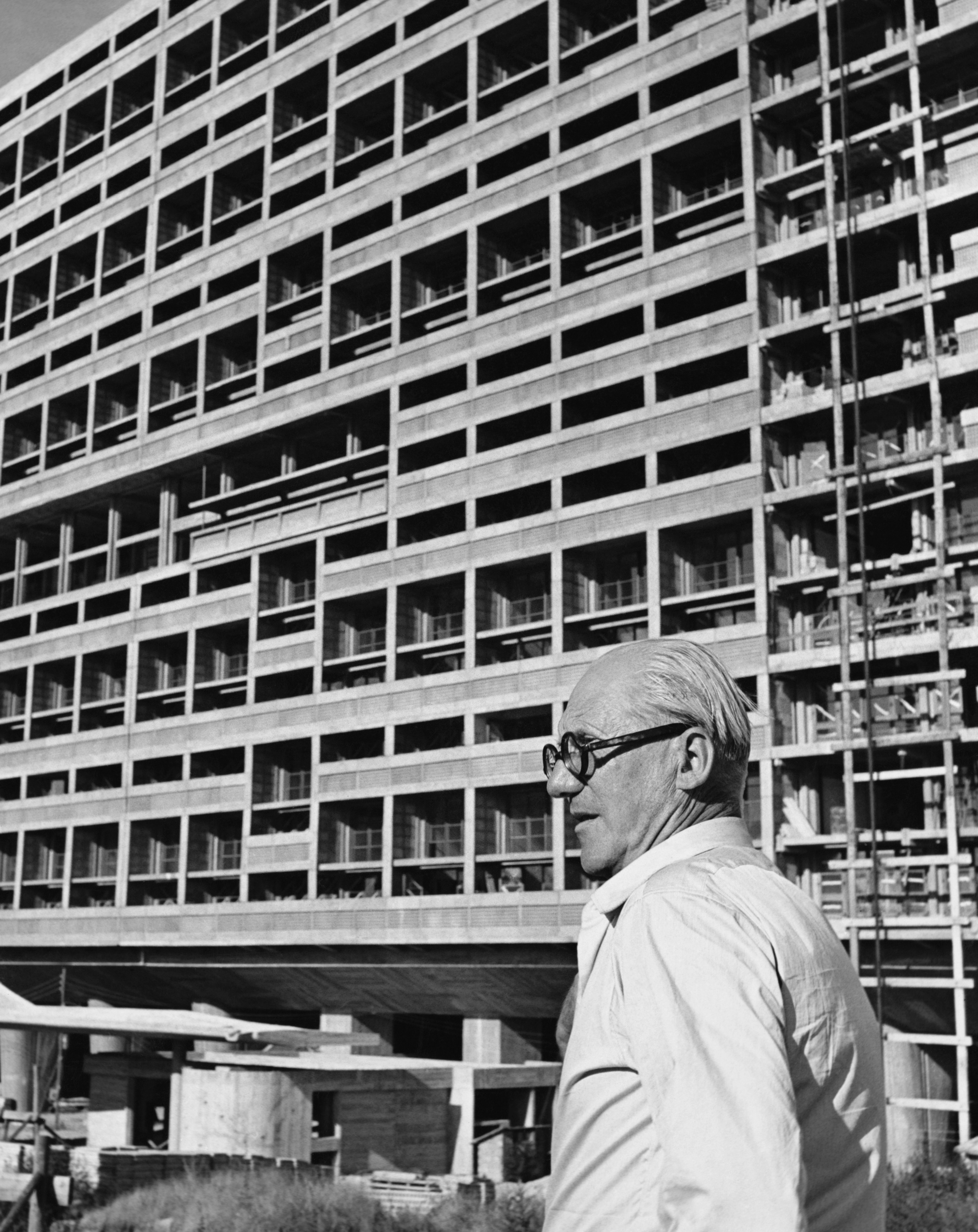
Although inspired by Le Corbusier and other great pioneers, Swiss architects of the young generation value their freedom to think about space in new ways. They have also developed a taste for working with colleagues from other countries.
Le Corbusier, Herzog & De Meuron, Mario Botta and Peter Zumthor – to mention only the most prominent names – have put Swiss architecture on the world map. The younger generation has not yet achieved the same celebrity, but it is striking out in new directions of its own.
For the 125th anniversary of the birth of Le Corbusier, swissinfo.ch talked to art historian Lorette Coen about current trends in Swiss architecture.
swissinfo.ch: if you had to describe the spectrum of young Swiss architects today, would you make a distinction between French, Italian and German Switzerland?
Lorette Coen: Making that kind of distinction is the last thing I would do. Because unlike in the past, the exchanges between the linguistic regions of Switzerland today are quite intense. It used to be the case that French Swiss architects were not interested in the work of their German-speaking counterparts, and vice versa; and the Italian Swiss looked towards Milan.
But times have changed. The French speakers now go off to work for a year in Zurich or Berlin, and German-speaking architects come and establish themselves in western Switzerland. Even better, several architecture practices of the younger generation are spanning the regions. So there is a lot of movement among Swiss architects.
swissinfo.ch: But can you still identify particular styles, at least?
L.C.: I would say no. In point of fact, you find similar tendencies everywhere. For example, the growing interest in a more modest architecture. Let me explain. The younger people today do not use luxury materials like stone. They go for compressed wood, concrete, sheet metal, and so on. There is a concern with economy, to which is added a concern for the environment. All our architects conform to this trend, but to different degrees. Let us say that some of them are more sparing of energy costs than others.
swissinfo.ch: Is there a theme in building today which provides a focus for young architects?
L.C. Yes, housing. But let me just go back for a moment. The Second World War put all architectural projects on hold throughout Europe, including Switzerland. In the post-war years (1950-1960), they started to build housing at a frenetic pace. Then this flurry of activity cooled down. Today, we see a new growth of interest in housing. Except that the young architects have learned to think about space differently – the way it is occupied and lived in.
swissinfo.ch: So can we say that the young architects are the heirs of Le Corbusier, who believed so much in saving space with his famous huge buildings?
L.C. Le Corbusier certainly remains a key figure for young architects. But that does not mean that they imitate him by building towers. What counts in their work is much more the social parameters than the height of buildings. Their thinking revolves around these questions: what kind of cities do we want? what sort of mobility? what sort of accessibility ?
So relevance is the key element. Formerly it was virtuosity, the kind that was so typical of artists like Le Corbusier or his French counterpart Jean Nouvel, wanting to produce the perfect architectural object.
If the heritage of Le Corbusier lives on, I think it remains in the art of thinking out a design project.
swissinfo.ch: Can you point out some recent highlights in the work of our younger architects ?
L.C.: One that springs to mind is the small villa built of glass and metal at Chardonne (canton Vaud) by the Geneva practice Made in Sàrl. It stands on a hillside in Lavaux, and reflects the terraces of the vineyards going down to the lake. Another example would be the barn (for 30 cows) at Lignières in canton Neuchâtel, built by Localarchitecture, Lausanne. This same firm is also responsible for the Chapelle de Saint-Loup (Vaud), an architectural wonder designed like a work of origami and build in the grounds of a religious institution of Protestant nuns.
Those would be a few examples of experimental architecture.
swissinfo.ch: In Switzerland there are a fair number of bureaus associated with foreign architects. Has this always been the case, or is it a new by-product of globalisation?
L.C.: Partnership between young architects from different countries is not really a new trend. If you go to Herzog & De Meuron, you will hear people speaking about 20 languages. Another example would be the team of Richter and Dahl Rocha, based in Lausanne. One is Swiss, the other an Argentinian.
So working with people from abroad is a well-established practice. It has perhaps been stepped up now, because with the economic crisis, a lot of young European architects have started to enter competitions in Switzerland.
Recently a Catalan firm, Estudio Barozzi Veiga, won the competition for the new cantonal fine arts museum in Lausanne. So as to have a base in Switzerland during the construction, they have linked up with Fruehauf Henry & Viladoms, who come originally from Basel but are based in Lausanne.
As I said, there is a lot of movement in all directions, both within Switzerland, and between Switzerland and other countries.
Art historian, journalist and exhibition curator.
Born in Brazil in 1943, she lives and works in Switzerland.
She holds degrees from the Universities of Lausanne and Paris VIII.
She specialises in the architecture of landscapes.
In 1997 she launched the periodical Lausanne jardins, which she edited until 2000, on different topics to do with public gardens.
She also wrote a book of essays about the gardens of Lausanne.
She curated the exhibition on European landscapes “Grands paysages d’Europe”, held at the César Manrique Foundation in Lanzarote in 2008.
She has also served on committees awarding Swiss and international prizes.
(translated from French by Terence MacNamee)

In compliance with the JTI standards
More: SWI swissinfo.ch certified by the Journalism Trust Initiative

























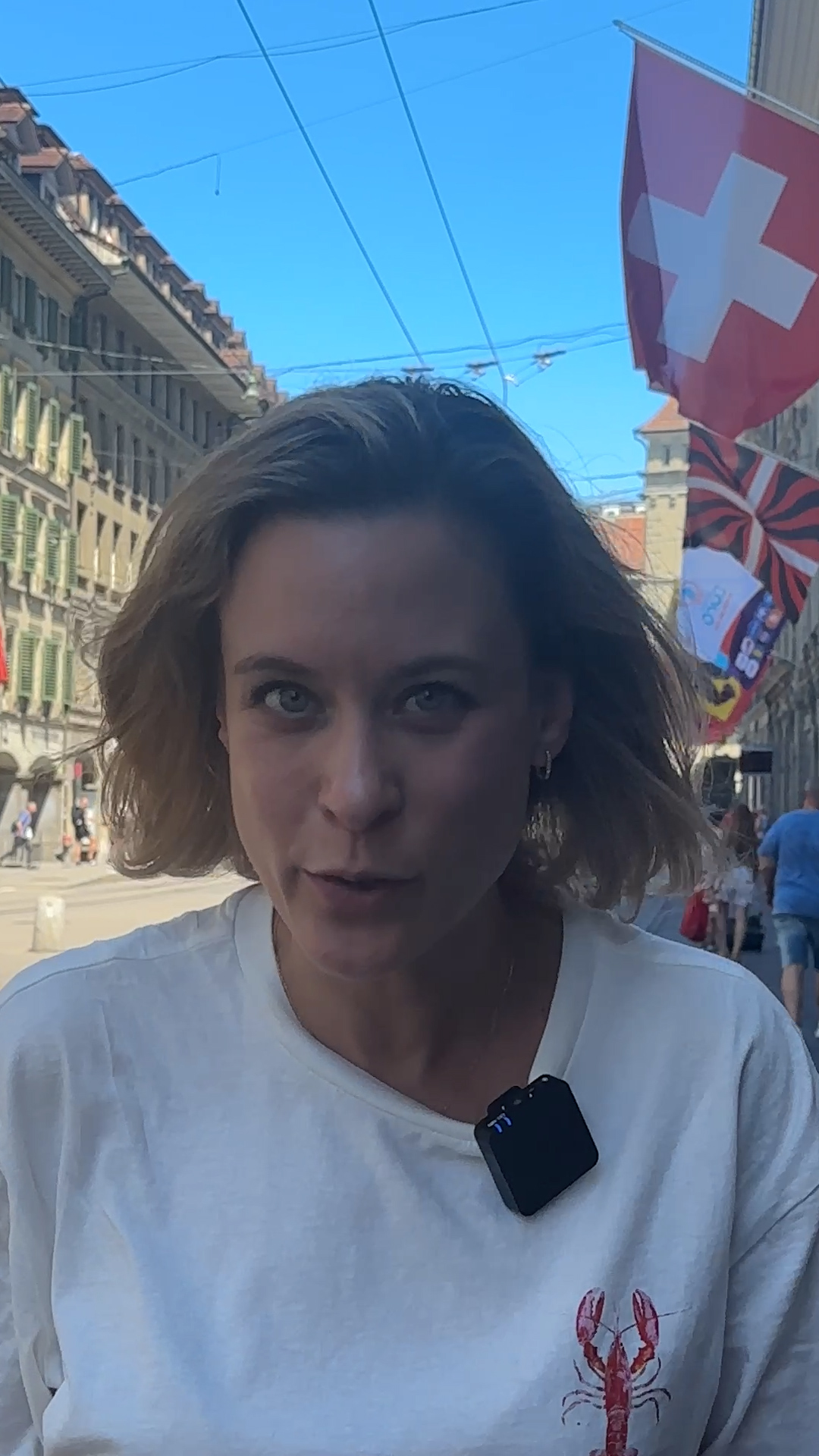

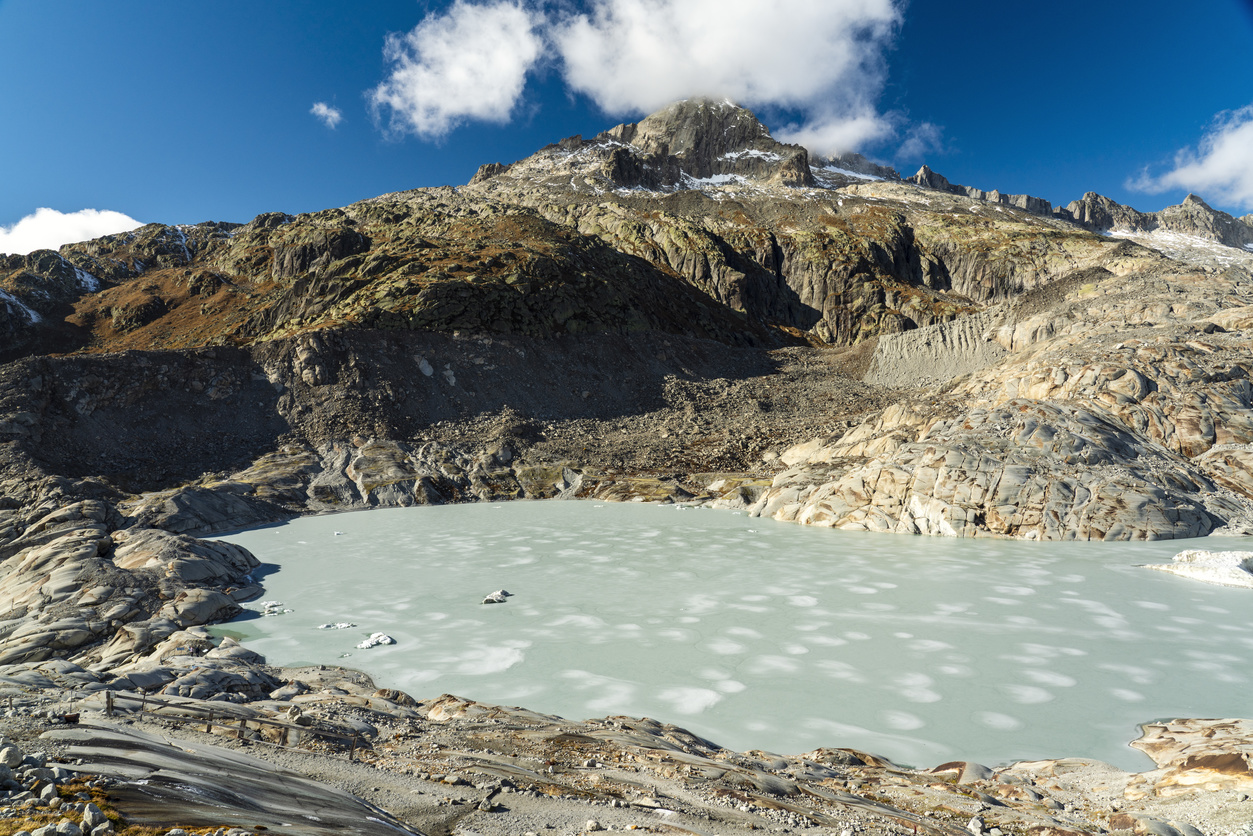
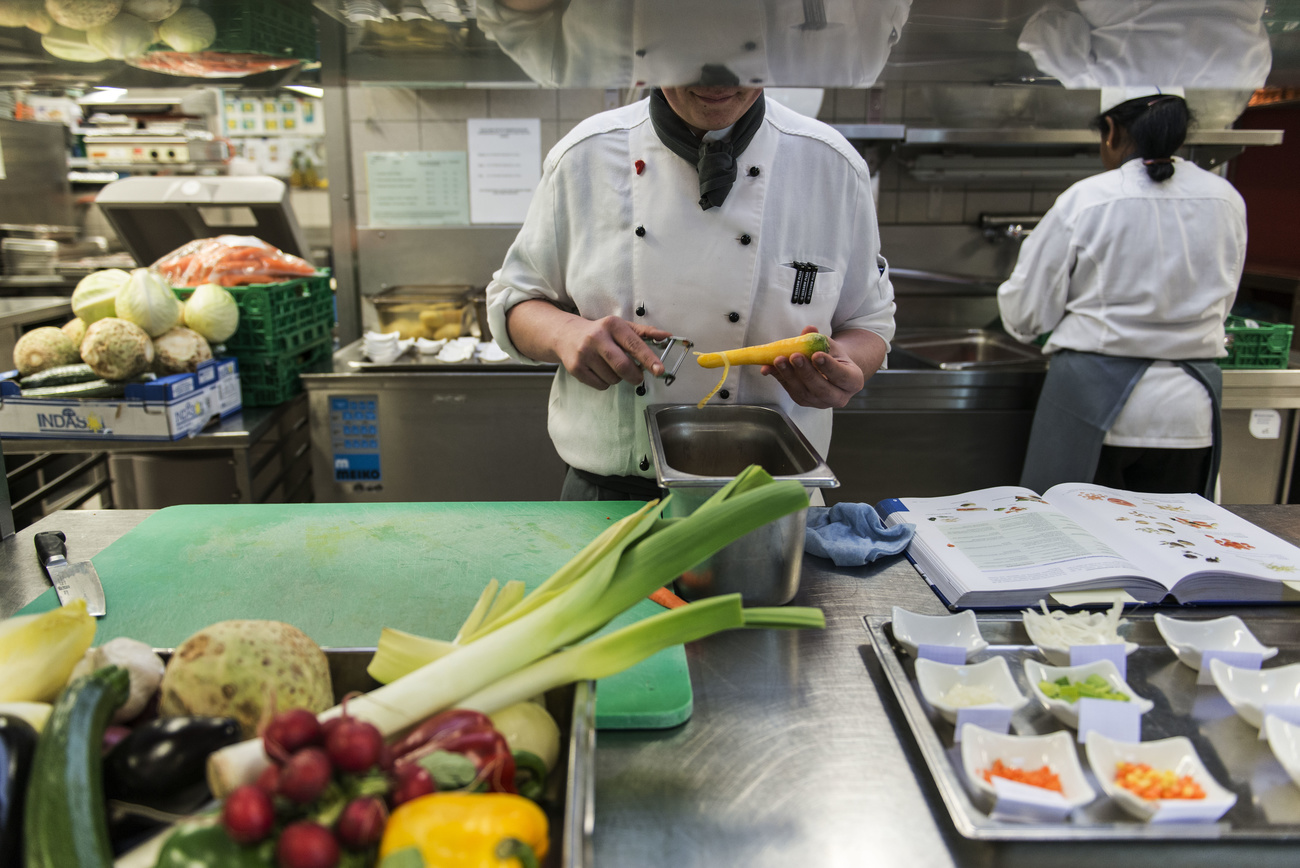




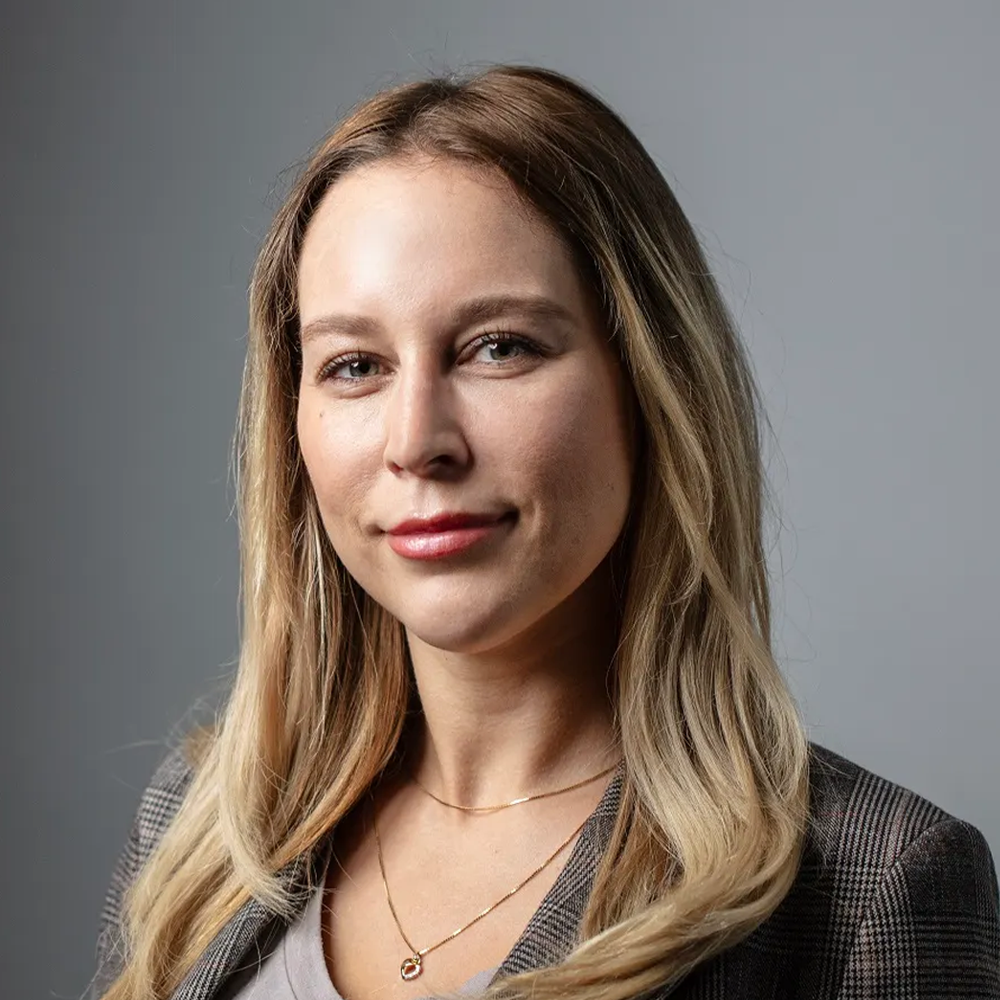

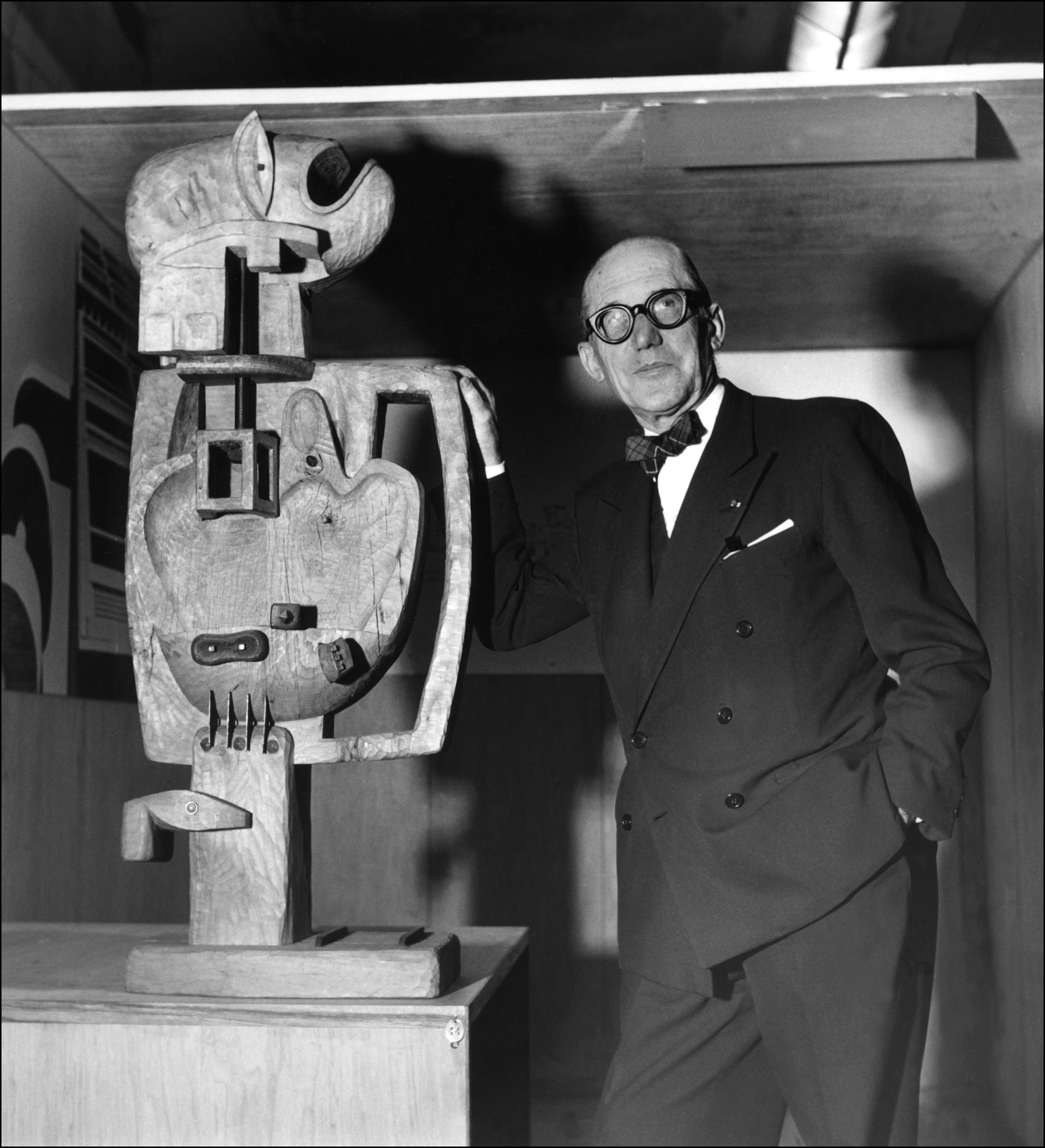
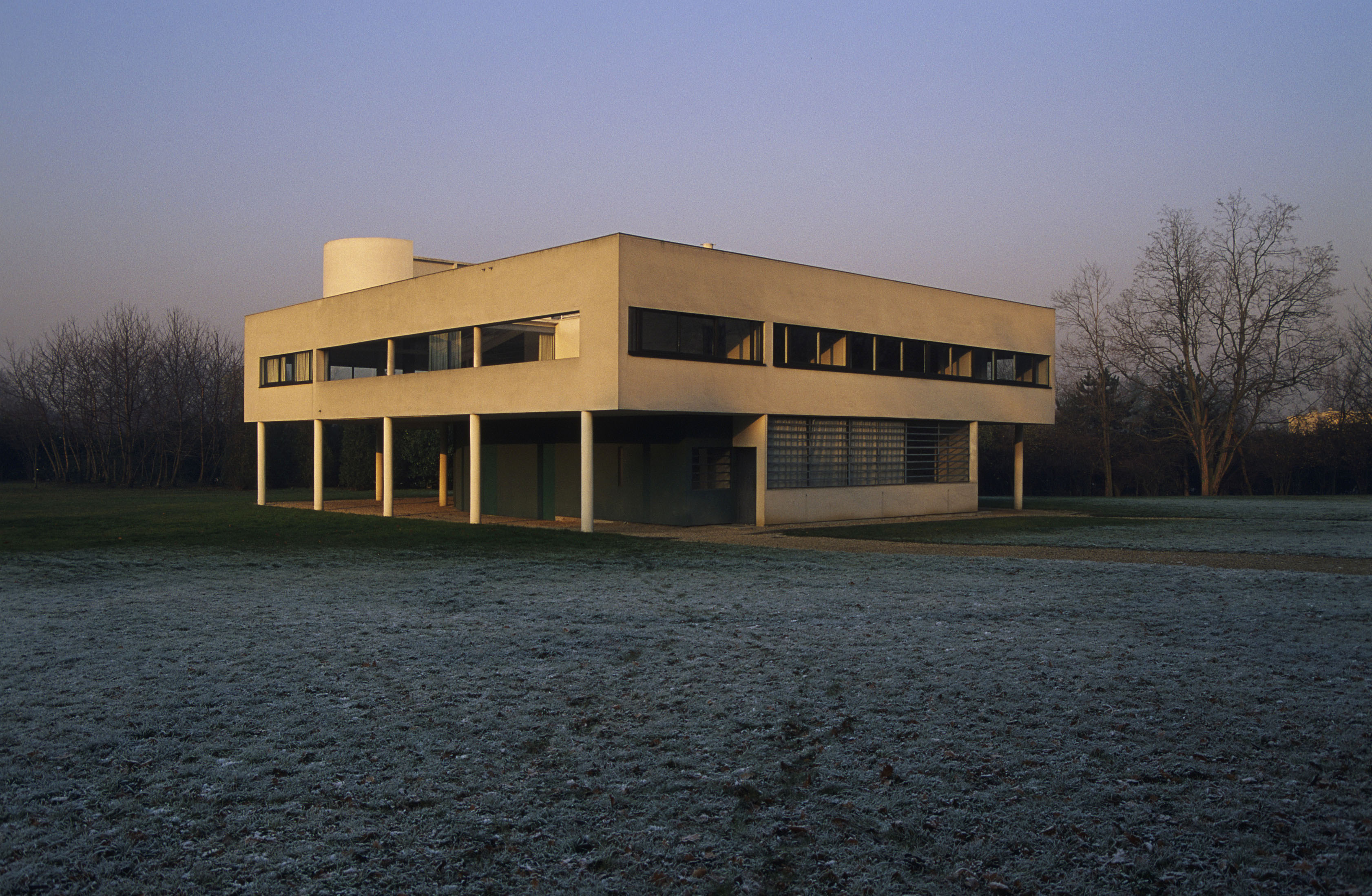
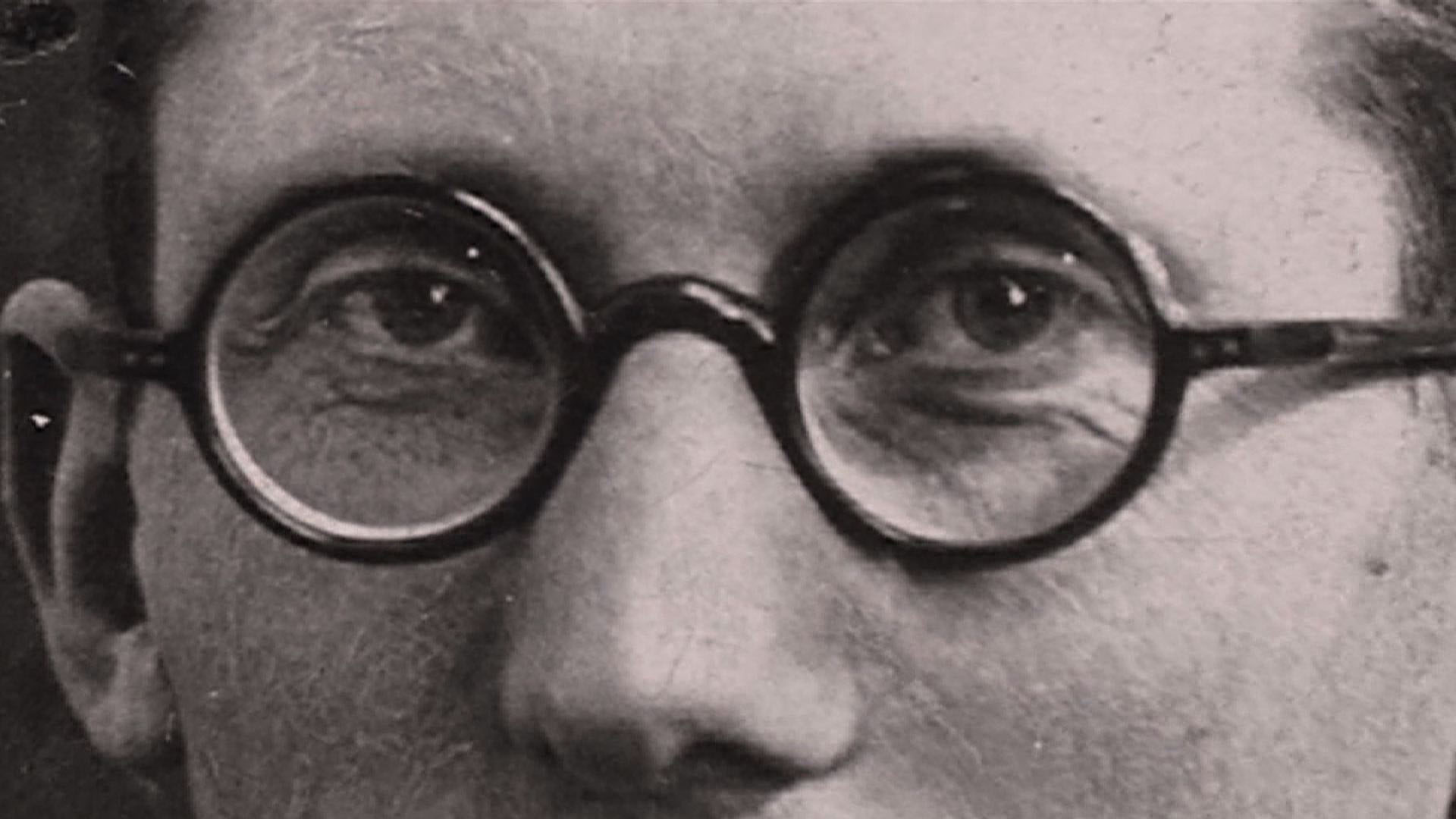
You can find an overview of ongoing debates with our journalists here . Please join us!
If you want to start a conversation about a topic raised in this article or want to report factual errors, email us at english@swissinfo.ch.